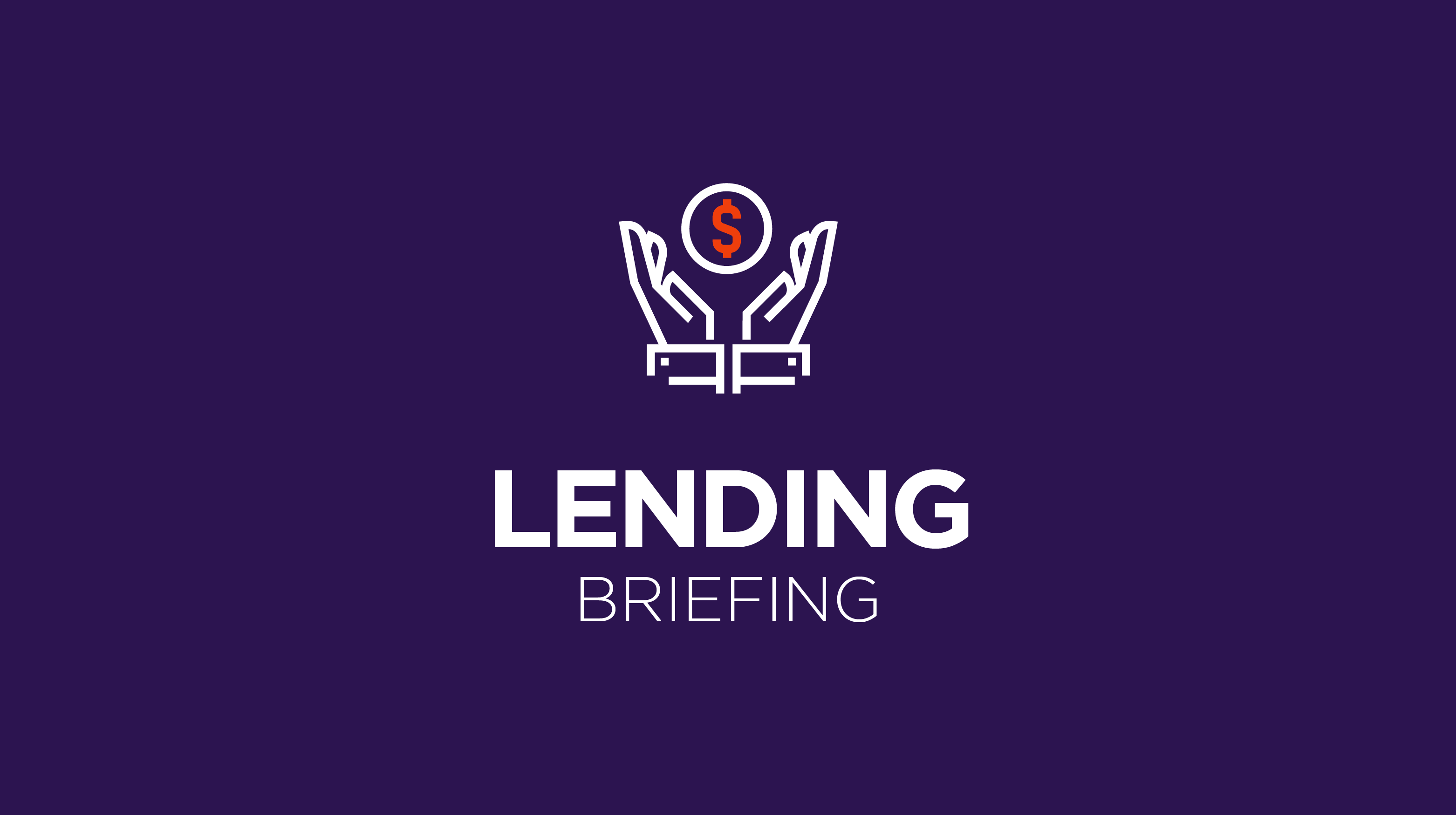Lending, Member Exclusive
Lending Briefing: There is a recession coming but don’t worry, it’s not 2008 all over again
- The oncoming recessions is one of the most anticipated downturns in recent history.
- But things are not the same as 2008, here's why.









